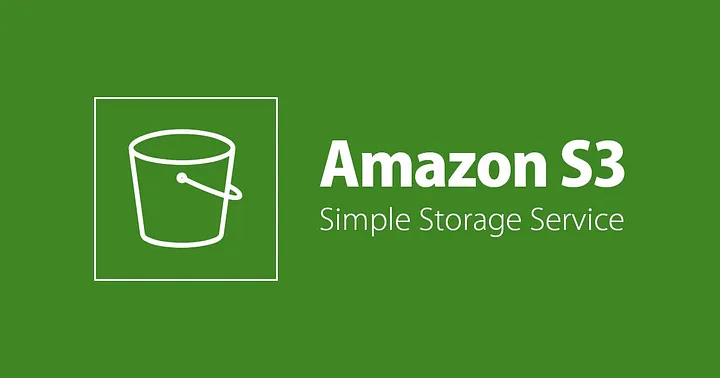AWS S3: Guide to AWS Storage
 KALPESH MOHANTA
KALPESH MOHANTA
Amazon S3 (Simple Storage Service) is a scalable, secure cloud storage solution from AWS
S3 Buckets
S3 buckets are containers for storing objects (files) in Amazon S3.
Benefits of S3 Buckets
Durability and Availability: High durability and availability for data.
Scalability: Store and retrieve unlimited data without capacity concerns.
Security: Features like encryption, access control, and audit logging.
Performance: Optimized for high performance in data operations.
Cost-Effective: Flexible pricing models based on usage.
Uploading and Managing Objects in S3 Buckets
Methods of Uploading: Objects can be uploaded via the AWS Management Console, AWS CLI, SDKs, or direct HTTP uploads, each with a unique key for retrieval.
Object Metadata: Includes content type, cache control, encryption settings, and custom attributes.
Versioning: Retain multiple versions of an object.
File Formats and Encryption: Supports various file formats and server-side encryption options (SSE-S3, SSE-KMS, SSE-C).
Lifecycle Management: Define rules for transitioning storage classes or automatic deletions to optimize costs.
Multipart Uploads: Enhances performance for large objects by allowing parallel uploads and resumable transfers.
S3 Batch Operations: Facilitates bulk actions on datasets, such as copying, tagging, or restoring archived data.
Advanced S3 Bucket Features

Storage Classes: Offers various storage classes for different use cases.
Replication: Enables automatic replication across buckets for disaster recovery or low-latency access.
Event Notifications: Configure triggers for actions like AWS Lambda functions or messaging with Amazon SQS/SNS on object events.
Security and Compliance in S3 Buckets
Security Considerations: Ensure proper configuration of bucket policies, access controls.
Data Encryption: Utilize server-side encryption for data at rest and SSL/TLS for data in transit.
Access Logging: Activate logging to record request histories and monitor for unauthorized activities.
S3 Bucket Management and Administration
Bucket Policies: Manage access permissions with JSON-format policies.
IAM Roles:
Use IAM roles for temporary credentials and fine-grained control.
IAM user policies can
overridesettings in S3 bucket policies
APIs and SDKs: Programmatically interact with S3 using AWS SDKs or APIs.
Monitoring with CloudWatch: Monitor S3 metrics and set alarms for specific events.
Troubleshooting and Error Handling
Common Errors: Address access denied, bucket not found, and quota exceeded issues by checking permissions and configurations.
Debugging Access Issues: Utilize
AWS CloudTrailand access logs to resolve permission-related problems.Data Consistency:
Use versioning
Use S3 notifications for recovery
Use Cross-Region Replication for disaster recovery.
Feel free to share and spread the knowledge! 🌟😊 Enjoy Learning! 😊
Subscribe to my newsletter
Read articles from KALPESH MOHANTA directly inside your inbox. Subscribe to the newsletter, and don't miss out.
Written by

KALPESH MOHANTA
KALPESH MOHANTA
👋 Hi there! Welcome to my DevOps adventure! 🚀 I'm Kalpesh, a DevOps Engineer, and I'm thrilled to share my journey in the dynamic world of DevOps and Cloud Technologies. 🌐 🔧 Tech Arsenal: CI/CD Automation: Streamlining workflows for seamless deployments. Containers & Orchestration: Docker & Kubernetes. Cloud Platforms: Azure, AWS. Version Control: Git. Configuration Management: YAML, Linux commands. 🚀 My Journey: I've had the privilege to work on diverse projects, including a notable deployment for PepsiCo. My expertise spans CI/CD automation, containerization, cloud services, and scripting to enhance system performance and reliability. 💡 Why Follow Me? Join me as I delve into: Cutting-edge DevOps practices. Automation techniques. Cloud innovations. Tips & tricks for aspiring DevOps professionals. 🤝 Connect & Collaborate: Let's build, learn, and innovate together. Whether you're a fellow tech enthusiast, a professional looking to share insights, or someone eager to learn, let's connect and grow in this vibrant community. 📢 Follow my LinkedIn & Hashnode blog for insights, tutorials, and updates. Together, we'll embrace the ever-evolving DevOps landscape!